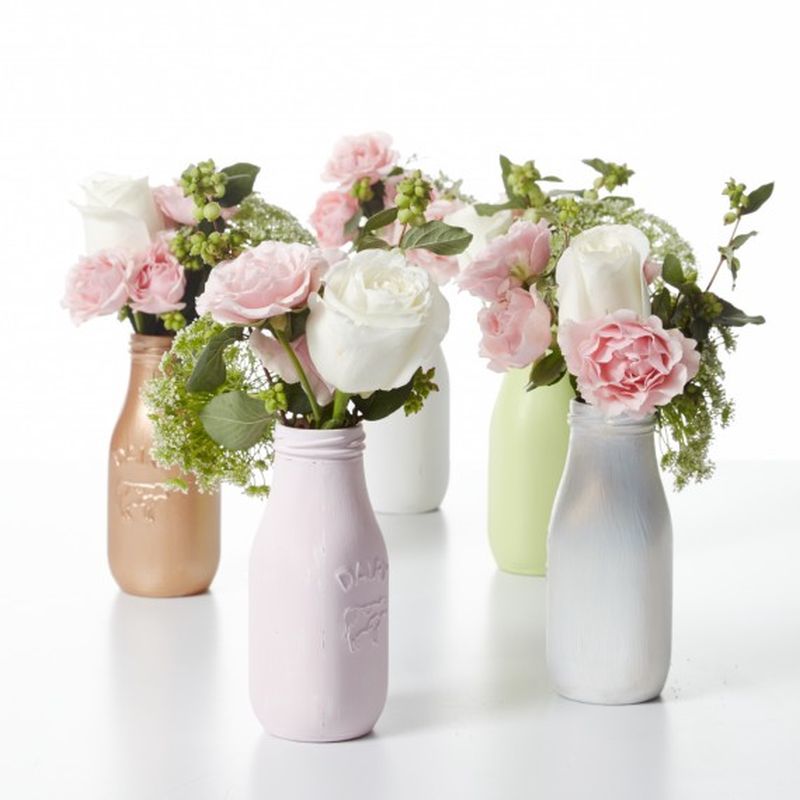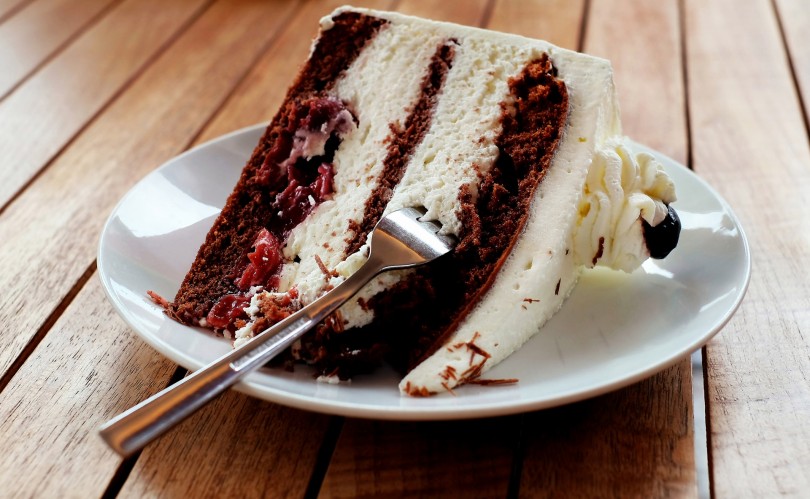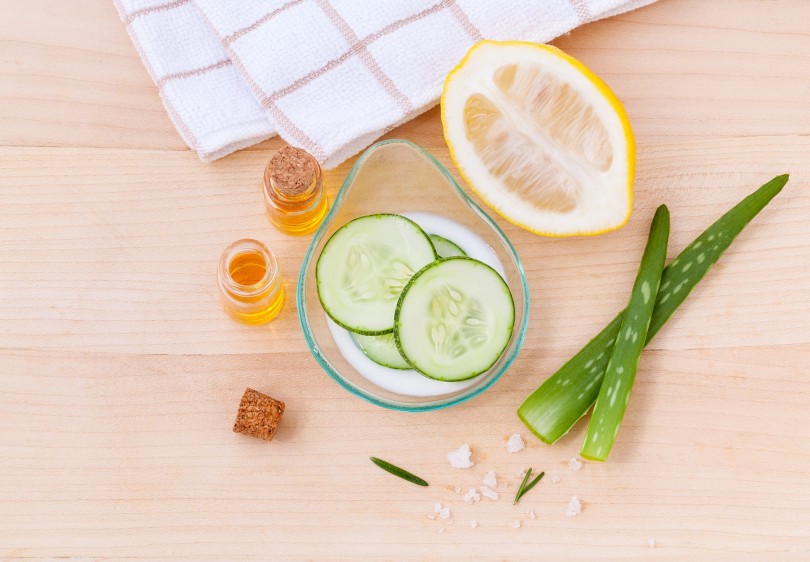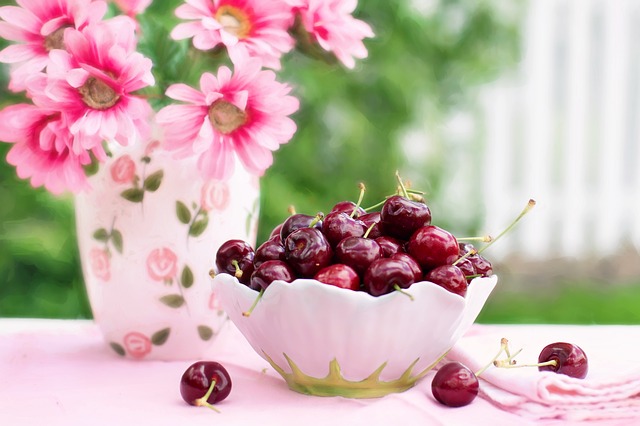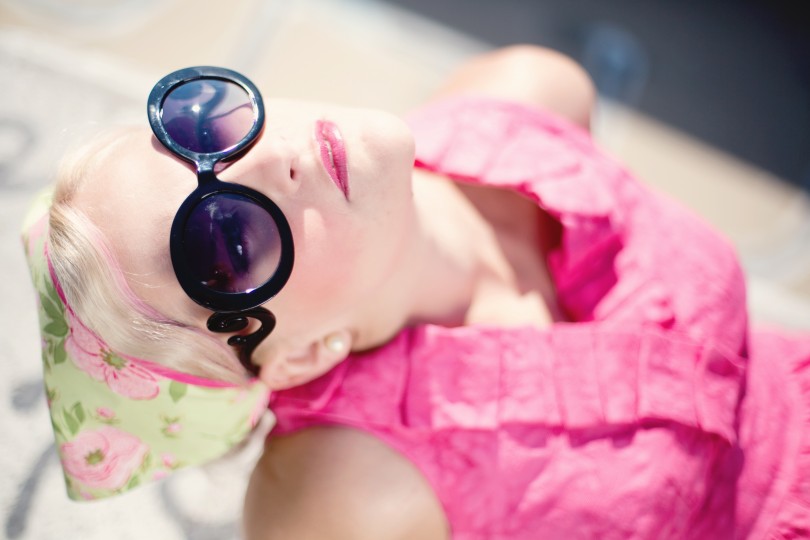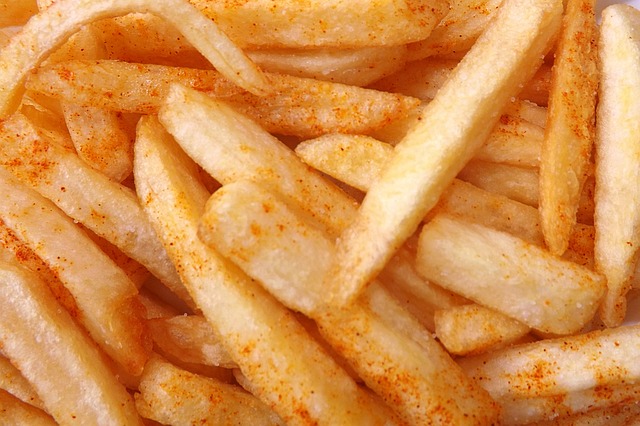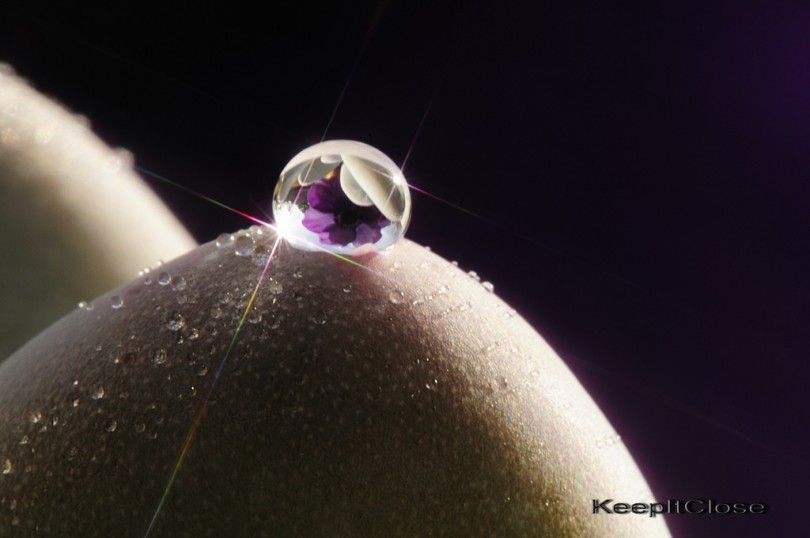Spring is just around the corner, and what better way to welcome the loveliest season of all than by decorating your home with flowers. But as it goes with pretty much anything in life, crafting flower arrangements that are as stylish as those we all enjoy drooling at on Pinterest is a lot easier said than done.
And I am pretty sure that we have all realized this the very first time we bought some flowers and tried to emulate some pretty pic we’d seen on the Internet. But somehow, even though we followed all the instructions, our flower arrangement didn’t turn out the way we wanted. Not even close.
And that’s because we took the wrong approach. But don’t worry, because have I got great news for you!
I have realized that when you are trying to create the perfect flower arrangement – either in the form of a centerpiece for that awesome dinner with your friends that you have planned for Saturday, or simply as a pretty decoration for your home – there is a different set of rules that you have to follow.
And when I say a different set of rules, I’m actually talking about no rules at all. Instead, I’m going to give you some tips that will allow you to arrange your flowers the way you want, but in a stylish, organized way that will go with absolutely every setting.
So before you go ahead and buy random flowers that may or may not go well together, try to take this into consideration:
Nature is a very good, if not the best source of inspiration
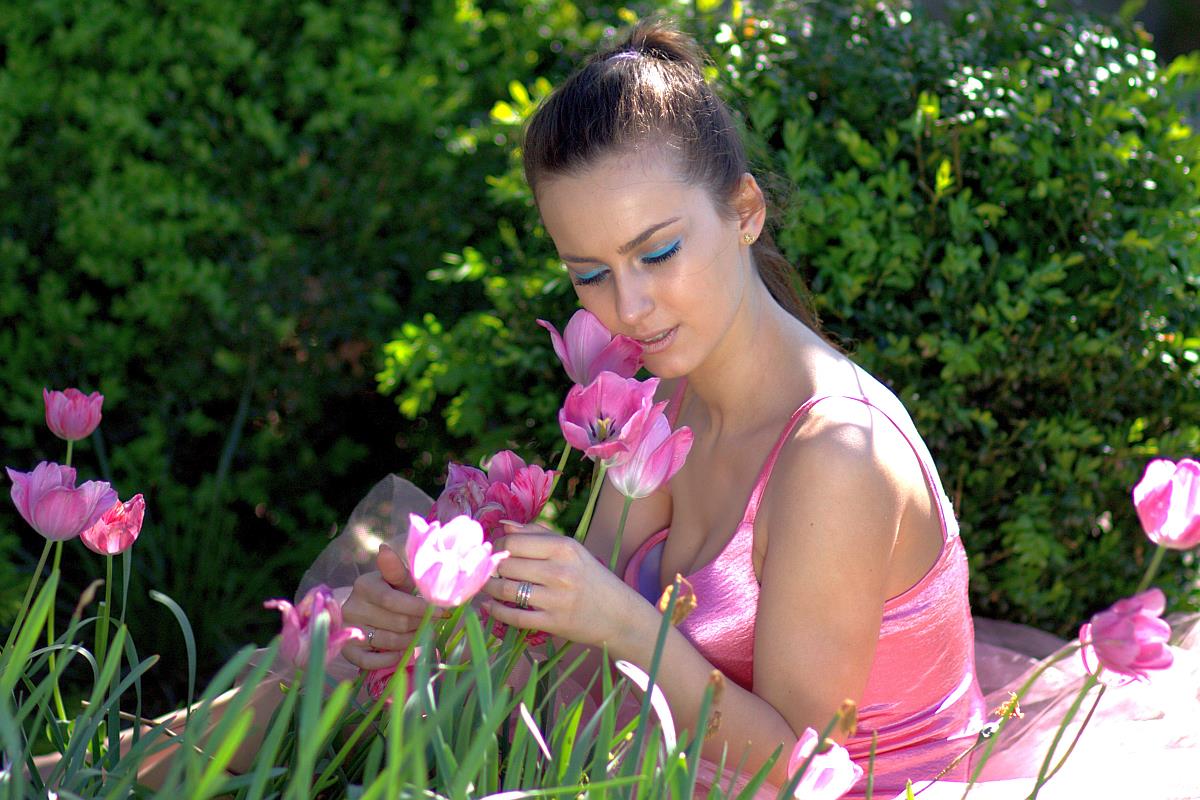 Not only in terms of color palettes, but also in terms of combinations. What I’m saying is, if different types of plants grow at the same time of year, then they will most likely look absolutely amazing in a bouquet. And it makes sense. Same goes with flowers that blossom together in nature and ones that are in the same color family.
Not only in terms of color palettes, but also in terms of combinations. What I’m saying is, if different types of plants grow at the same time of year, then they will most likely look absolutely amazing in a bouquet. And it makes sense. Same goes with flowers that blossom together in nature and ones that are in the same color family.
Mix it up. And don’t you dare think about ratios or anything like that. You don’t need to be a florist to know when a centerpiece looks good. But first, let me tell you about the four type of flowers that an arrangement is usually made up of.
Focal flowers are the ones that demand your attention. The main attraction of the arrangement. If you want examples, well, think of sunflowers, garden roses, dahlias, peonies and other big, colorful plants that you can’t help but marvel at for minutes on end.
And because you can’t just put 20 roses in a vase and call it a flower arrangement, we also have filler flowers. These are the ones that fill the gaps. Queen Anne’s Lace, Astrantia and Alchemilla are the best examples.
The third type of blooms are line flowers. Usually long and tall, they are supposed to define the shape of the arrangement. If you need a reference, think about Larkspur, Delphinium Belladonna or Astilbe.
And now, the fourth and the final type of plants that you can find in a flower arrangement: foliage. They frame the actual blooms, all that while adding contrast. Ferns, bush ivy and hosta leaves are three of the most popular plants used as foliage.
And remember, eyeballing is totally encouraged here. You can’t break any rules regarding the ratio of focal flowers to, say, foliage, simply because there are no rules. Just follow your instincts!
The order in which you add the flowers is pretty darn important
So the best way to go is from biggest to smallest. When you’re putting your flowers in the vase – or vases, if you wish – you should always start with the focal flowers. After that, you are going to need some support, so now is the time to add your foliage. And now, for the coup de grace, add your fillers and line flowers. Now that’s what I call an impressive flower arrangement!
An arrangement is not only about the flowers, but also about the vase
If you’re going for a big centerpiece, then you should choose a vase that wide at the base and more narrow at the neck. Globe-shaped ones, for instance, are my personal favorite, mainly because the wider base gives you more space to place the flowers in a way that will give you more chances to play with them. Nobody likes an arrangement where all blooms are sticking straight up, right? The narrow neck has its advantages too, as it will hold the flowers in place nicely.
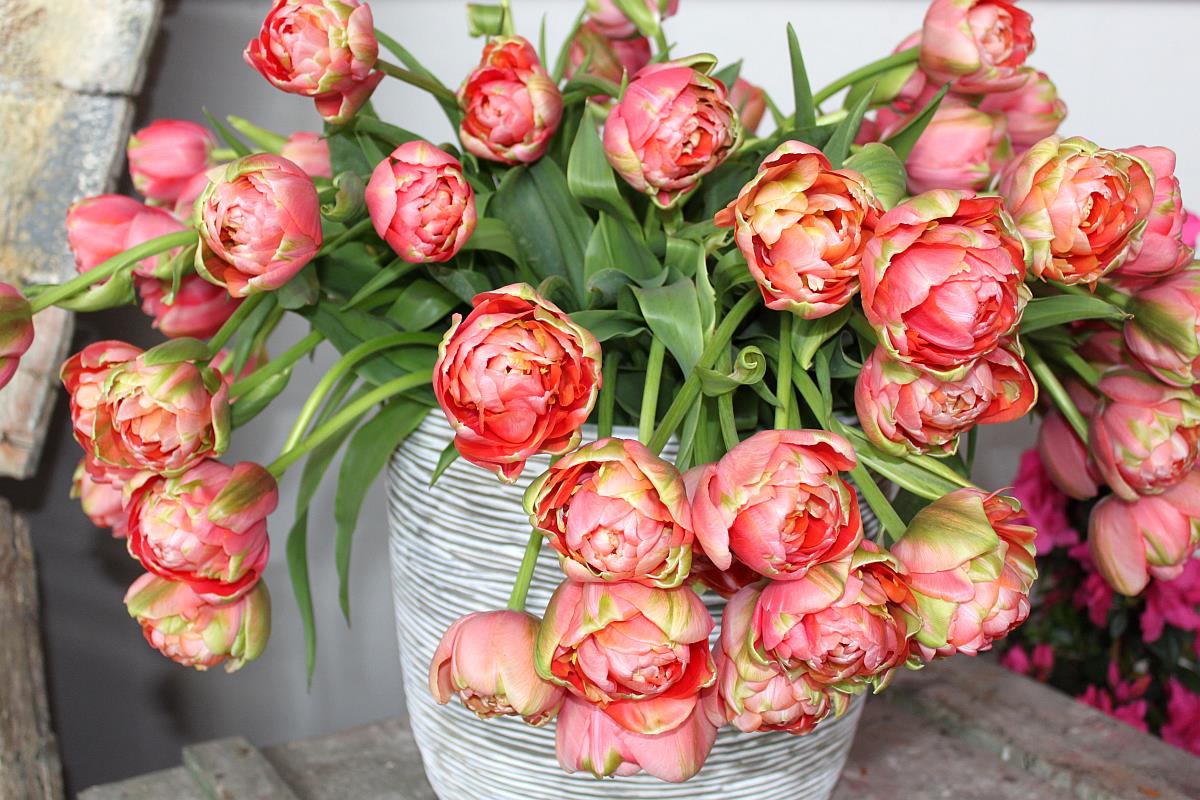 Oh, and I almost forgot one little detail.
Oh, and I almost forgot one little detail.
Knives, not scissors
Every single time. Because if you cut your flowers with regular scissors, you will end up crushing the actual stems. That’s why you should use either a knife or floral shears to cut the flowers at an angle.
Now what are you waiting for? Give free reign to your creativity and let your inner florist run wild!

